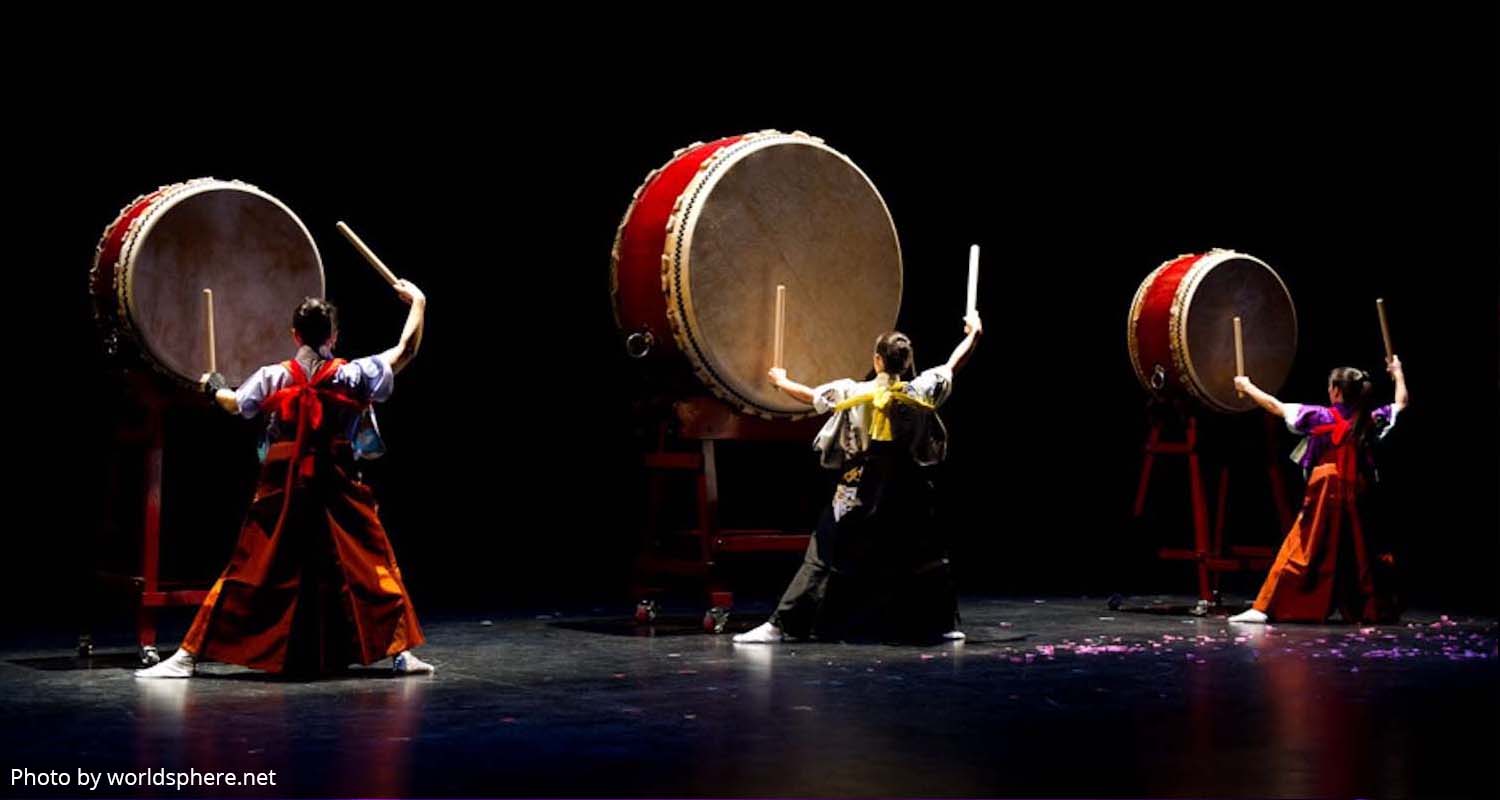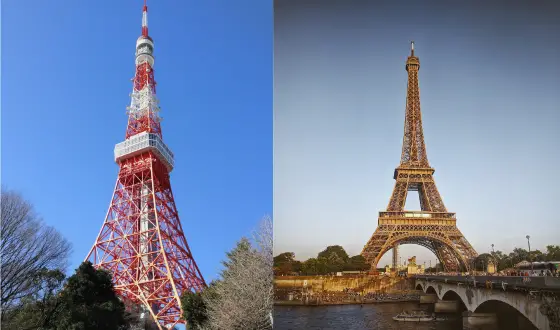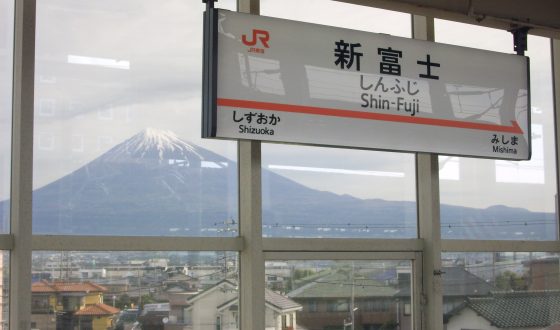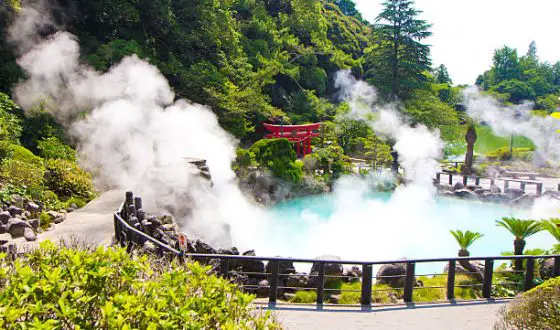An Introduction To Japanese Traditional Music – What Are The Old Types?
Traditional music is an integral component of every society. Culture and traditions are different from nation to nation, and so is the music naturally. In Japan as well as in the west, Japanese traditional music is very common. Many pieces of traditional Japanese musical compositions have been showcased all over the world in the latest years. In the present age, traditional music still plays a significant role in Japanese culture.
The History Of Japanese Traditional Music
Today, there is a little document written about traditional Japanese music dating back to prehistoric times. There is, however, proof that during the Yayoi and Jomon period music had been granted certain importance.
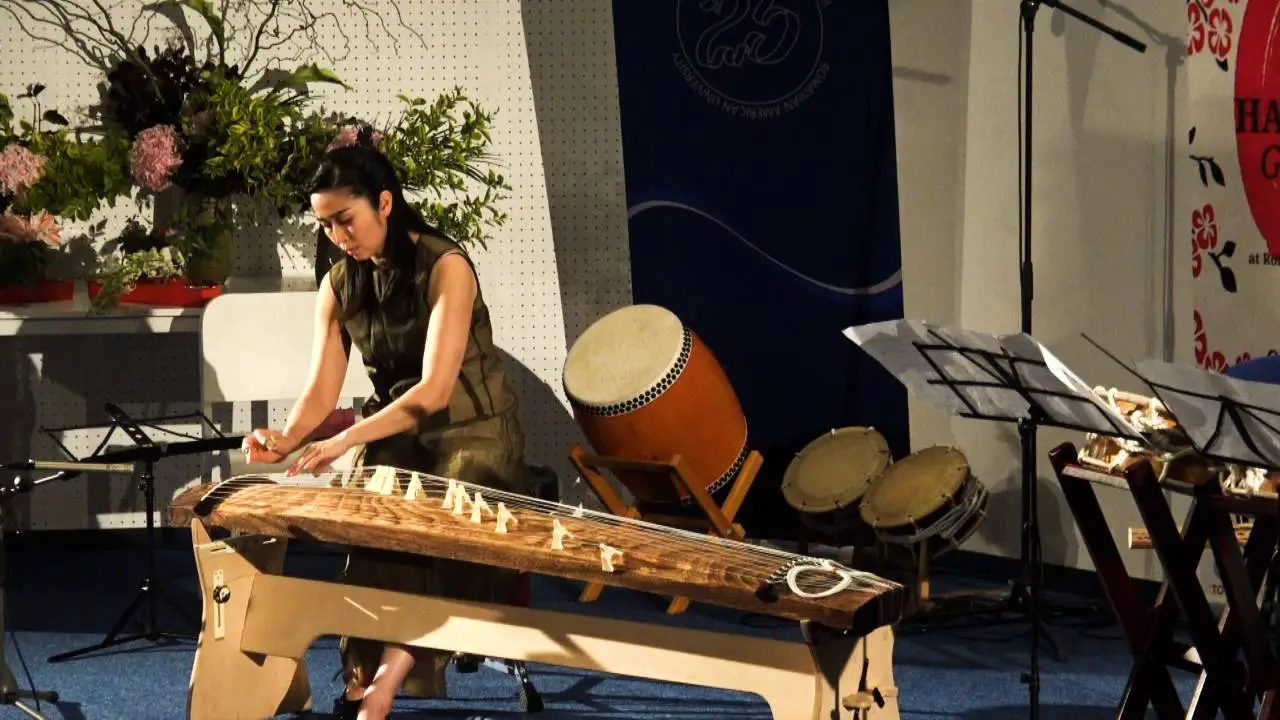
Many pieces of traditional Japanese musical compositions have been showcased all over the world in the latest years.
Many graves were constructed during the late Yayoi era, both for poets and musicians. The historical records indicate that the chronicles ‘ Kojiki ‘ and ‘ Nohon Shoki ‘ recorded famous songs and legends in this era. During Emperor Temmu’s reign, the chronicle “Kojiki” was compiled. Songs and poetry had already started to become part of Japanese traditional music by that moment.
Japanese traditional music through period
Almost every form of old-style Japanese music springs from narrative stories and lyrical poems handed down among the common people, and usually accompanied by instruments.
- 6th to 8th centuries
Japanese folk, one of the very main types of Japanese conventional music, is cited to historically originate from China, with the first rendezvous happening in the 6th century. Along with the intensification of political and cultural exchanges, a variety of musical instruments were also imported from the Oriental and gradually modified to fit the local taste in the following centuries.
According to records, the diversity of foreign music in Japan hit its peak in 752, at the massive bronze Buddha statue’s eye-opening ceremony at Todaiji Temple in Nara. A great array of music was performed in combination with monks chanting sutra.
-
9th–12th centuries
The next four centuries experienced an expansion of music in the privileged world of highborn families. The nobles presented songs and dances in private courts by themselves, and it was crucial for their descendants to practice those art forms at a young age.
The fall of Tang Dynasty in the latter half of the 9th century acted as an end in the relationship between Japan and foreign culture. This, as a result, gave room for regional music to be reorganized and nurtured in an indigenous way. Interestingly, distinctively Japanese versions of gagaku began to be composed, and popular songs emerged from this form of music, too.
- 13 – 16th century
As the traditional music continued to grow, Sarugaku – a type of mimicry with musical complement, was honed to perfection and sophisticated Noh made its emergence at the beginning of 14th century, thanks to the patronage of the shogun. On the route of fine-tuning, melody and dance were added to the art of mimicking and performances were minimized and stylized, while the staging space was simplified. Noh is performed along with songs, flute (nohkan) and various types of drums (kotsuzumi, okawa, taiko).
- 17th and later
The 17th century witnessed the first encounter of Japan and Western culture. Guns and Christianity were brought to Japan, and church music was introduced by the missionaries of the Society of Jesus. The European-style music itself quickly spreaded and became popular among contemporary people.
The integration of instruments
Customary Japanese musical instruments, written as wagakki (和楽器) in Japanese, are musical tools that accompany the traditional folk music in performances. They cover a range of string, wind, and percussion instruments such as biwa (琵琶), fue (笛), hichiriki (篳篥), kakko (鞨鼓), kokyū (胡弓), koto (琴), niko (二胡), okawa (大鼓), sanshin (三線) and shakuhachi (bamboo flute) (尺八).
The Importance Role Of This Music
Even though Japan has a distinctive culture and tradition, many of the ceremonies and musical styles have been borrowed from other nations. In addition to Chinese language, the Imperial State of Japan imported certain aspects of its culture such as Chinese traditional music. The judiciary of the lords and rulers during the Nara and Heian era were dominated by a traditional type of art called Gagaku. Noh, Shakuhachi, Koto, and Shamisen were the other types of traditional Japanese music.
One thing worth noting here is that vocal music is very important in Japanese folk music.
Traditional Types of Japanese Music
The following list includes some of Japanese music’s common traditional and ancient types.
Type 1: Theatrical
Japan has several theatrical forms of drama in which music plays a significant role. The main forms are kabuki and noh.
Kabuki
Kabuki (歌舞伎), a type of Japanese play, is well-liked for its highly formalized lyric and acting as well as face make-up worn by the predominately all-male cast. The initial version of kabuki made use of the hayashi from noh presentations. Afterward, kabuki started to involve additional tools like the shamisen. Kabuki music includes three primary categories: geza, shosa-ongaku, and ki and tsuke.
- Geza: In Geza, there is a black bamboo curtain called a kuromisu behind which, every music and sound effects are played.
- Shosa-ongaku: This type of performance is more complex with music being played on the stage and acting and dancing involved. Shosa-ongaku encompasses Takemoto, Nagauta, Tokiwazu and Kiyomoto music styles.
- Ki and tsuke: Ki and tsuke describe the distinctive sounds made by striking two square oak boards. When the two boards are struck together, they produce the ki sound. When they are struck against a hardwood board, they produce the tsuke sound.
Noh
During the 14th century, this traditional Japanese type of music became famous. Noh is a type of theatrical music with its own music called Nohgaku and a dance called Shimai. Nohgaku utilizes vocal as well as musical instruments.
Here’s a Nohgaku music example. It is worth to listen to the whole album!
Type 2: Instrumental
These are the traditional forms of music in Japan which existed in the period of Azuchi-Momoyama (1573-1603). Many new musical instruments were introduced during this period.
The Buddhist priests have played Shakuhachi. This form of classical Japanese music was named after the Shakuhachi instrument and performed during religious celebrations and ceremonies.
Koto is also a form of ancient Japanese music. Koto’s music is referred to as Sokyoku. During the Edo period, it gained importance.
There is also the music of the shamisen, a kind of music composed by Ikuta school. The classical Japanese music is used both for narration and for melodious singing.
Type 3: Court music (Gagaku)
Gagaku was widely referred to as court songs. It was created mainly at the court of the rich and upper class in society. During the Heian era (794-1192 AD) this type of art became very popular. Being the oldest traditional music in Japan, Gagaku came from either Japanese pure music or neighboring nations of Japan. Court music offers two styles namely instrumental music kigaku (器楽) and vocal music seigaku (声). Each could be further subdivided into smaller types.
Gagaku is regarded as Kangen when played with the dance Bugaku. The Mouth Organ, Flute, Drum and Zither are some of the most common instruments used in this art type.
Here is an instance of “Koromogae Saibara” Music from To-Gaku.
SEE MORE:
- Let’s take a closer look at Traditional Japanese Instruments
- Tokyo Red Light District – Is it really serious to go?
Kokufukabu is one of the traditional Japanese pure forms of music. It is an ancient music that contains both vocals and instruments. This music is generally played in the shrines and also in the courts. This ancient music has its origins in Japan, but it was created under the impact of tradition and society of neighboring nations, including Saibaba and Roei. These two musical forms are accompanied by vocals and musical instruments. Shomyo was also an important traditional Japanese music during the Hein era. This is a piece of vocal music used at the time of the prayer services in Buddhist temples.
Here is an example of a Shomyo chant called “Shingon”:
Popular Traditional Songs
1. Lullaby of itsuki
Itsuki Lullaby (written 五木の子守唄 in Japanese) is a cradlesong, taking its source from Itsuki Village, Kuma District, Kumamoto Prefecture, on Kyūshū Island. There exists a widespread rumor that this song was first sung by babysitters from lower-class families before being adopted by rich Genji families in the Heian period. The melody was then rediscovered by a school teacher in 1935, long after the song ceased to be sung.
2. Sanya
Deeply rooted from the Echigo District, Hokuriku Region, Sanya among is the most popular traditional songs of Japan. Its name comes from an old saying, meaning “Safe birth”.
According to folklore, a shakuhachi player whose wife is pregnant will play this song and pass grains of rice through his flute while cooking as an offering for his wife’s safe birth. This piece can be sung in ceremonies to pray for safe delivery during childbirth or for charity and virtue in this world.
3. Sakura sakura
“Sakura Sakura” (さくら さくら, literally meant “cherry blossoms”) is a customary Japanese folk song portraying the gorgeousness of cherry blossoms – the symbol of spring season. Unlike what is commonly thought by people, this song wasn’t composed in ancient times but popular as an urban melody in the Edo period.
It is often sung in international settings as a song representative of Japan. Besides, people also try to create new versions of it such as the prelude of Bon Jovi’s song “Tokyo Road” (released in 1985) and kidsongs in “I Like To Teach The World To Sing”.
4. Rokudan no shirabe
Rokudan no Shirabe (六段の調, meaning Music of six steps) is among the most famous pieces of Yatsuhashi Kengyō, an epic figure in the history of the koto whose compositions have been widely handed down.
This song involves six units of 52 beats and was originally a musical composition of koto (箏曲). It later became preferable to perform with the shamisen (three-stringed guitar-like instrument).
5. Chidori no kyoku
Chidori no Kyoku, which literally means “song for plover”, is a representative style of koto and kokyu (Chinese fiddle) written by Yoshizawa Kengyo (second generation; 1800 – 1872). This piece together with “Rokudan no shirabe” are commonly known as sokyoku.
Inspired from two waka poems about plover namely “Kokin Wakashu” (a collection of ancient and modern Japanese poetry) and “Kinyo Wakashu” (Kinyo collection of Japanese poems), Yoshizawa created the new song utilizing materials from Japanese court music, mixing with instrument parts.
“Chidori no Kyoku” is eventually put into the collective of ‘Kokin-gumi” alongside later pieces which are “The Spring Music”, “The Summer Music”, “The Autumn Music” and “The Winter Music”.
Frequently Asked Questions
1. What are the three main types of traditional Japanese music?
Three major types of traditional Japanese music are instrumental, court music and theatrical.
2. What is traditional Japanese music called?
There are two most ancient forms of traditional Japanese music: Shomyo (or Buddhist chanting) and Gagaku (another name: Orchestral Court music), which both date from the Nara and Heian periods.
3. What is Sakura music?
The “Sakura Sakura” is a traditional Japanese folk song representing Spring, the season of Cherry Blossom. It is often performed as a hymn representation of Japan in international events.
Unlike common beliefs, the song was not originally from ancient time, it was a famous metropolitan Edo melody.
4. What are the characteristics of Japanese traditional music?
The common features of Japanese music are that they are often slow, sorrowful and use low notes. Artists play them on a keyboard, a piano, guitar or any other Japanese traditional instruments.
5. What is the most popular type of music in Japan?
J-Pop as known as Japanese pop music is most common. Older people still, of course, love enka (traditional ballads). Western music is also played in public, but Japanese national music currently dominates.
6. Is Japanese traditional music still popular in modern culture?
Traditional Japanese musicians sometimes work together with modern Western musicians. Musicians also develop new West-influence styles of Japanese music, but still use traditional musical instruments. So in the modern life, Japanese artists is trying to combine 2 types of arts which come from different cultures. Traditional Japanese music has a chance to stay closer with community and adapt easier with modern life. It is an effort of Japanese government to maintain National culture.
Conclusion
Traditional Japanese music is also composed of folk songs. These songs are mainly related to spiritual rituals and daily work.
Although information about Japanese music from prehistoric times is limited, later on, Japanese folk music has become popular and has a more important role. Today, many people around the world like these styles!

